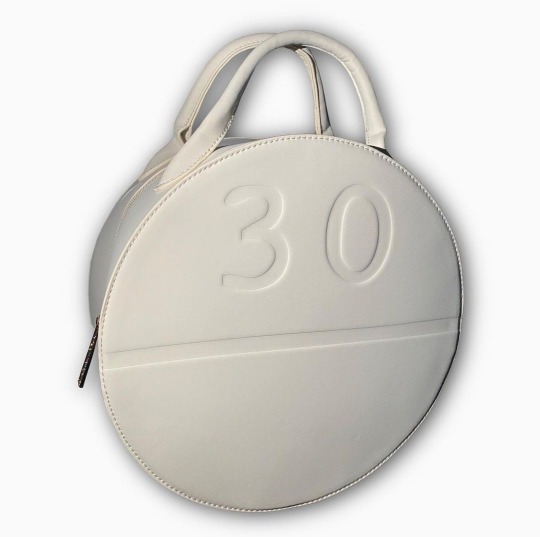#mallinckrodt
Text
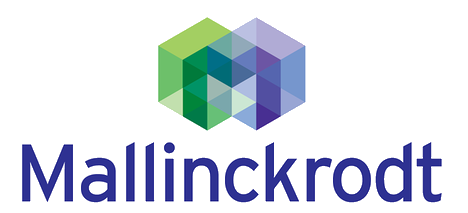
2 notes
·
View notes
Text
Opioid Crisis and Pharma Industry – Part 2 – Asrar Qureshi’s Blog Post #722
Opioid Crisis and Pharma Industry – Part 2 – Asrar Qureshi’s Blog Post #722
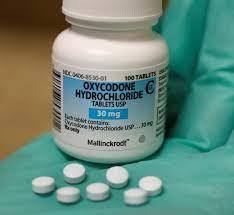
View On WordPress
#Asrar Qureshi#Blogpost722#International Pharma Business#Mallinckrodt#Opioid Crisis#Opioids#Oxycodone#OxyContin#Pharma Industry#Pharma Marketing#Pharma Veterans#Purdue Pharma
2 notes
·
View notes
Text
Harvard University 🎓📚🏫 Memorial Hall
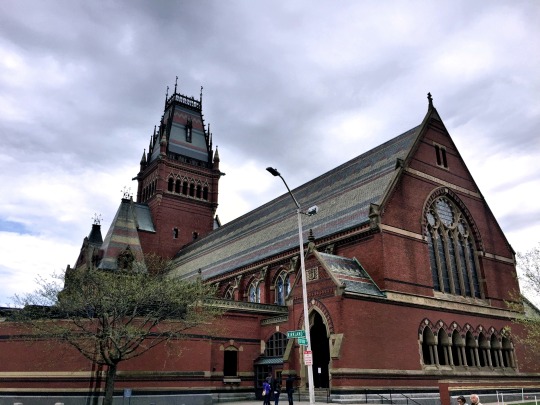

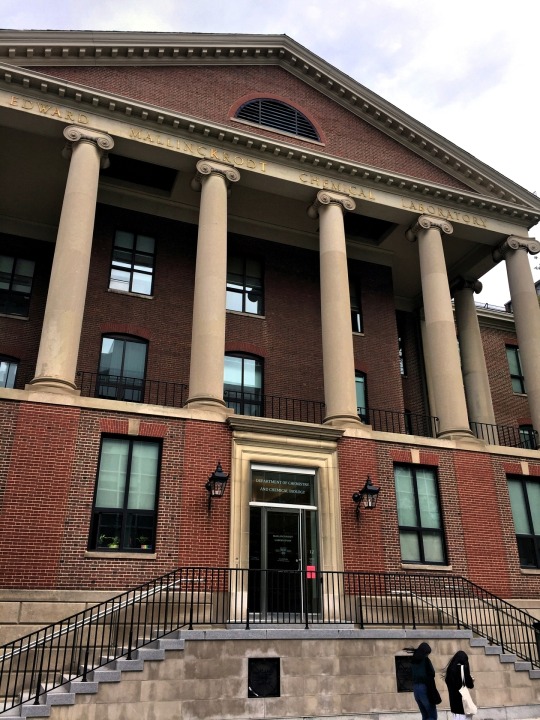

Edward Mallinckrodt Chemistry Laboratory 🏡
#Harvard University#Memorial Hall#Quincy Street#Clouds#High Victorian Gothic#Architecture#Cloudy Sky#Harvard#Edward Mallinckrodt#Chemistry Laboratory#Oxford Street#Cambridge#Massachusetts
10 notes
·
View notes
Text
My entire life we've used the El Pato (duck) brand enchilada sauce but the store stopped carrying it so we keep trying new ones and they are all Wrong. Which once again reminds me that nothing in life is stable and reliable. Like when the store stopped carrying the parbaked loaves of bread we make garlic bread with and we tried so many other breads and they were not only Wrong but also Bad. We have discovered that we can still get the bread from a restaurant supply store which is good. But the website of the company that makes this enchilada sauce no longer lists the red OR green sauce which is a bad sign.
And like, I know I know, we should just make our own sauce or whatever, but a) that's more work, and b) don't act like spices and other ingredients don't change, especially as climate change continues to wreak havoc with everything.
#When Costco stopped selling their chocolate chips because the bag was too weak or something and all the fudge tasted wrong.#When Ovaltine changed their recipe and the new one is fine but I held on to the old cannisters too long because I kept trying to Save and#Savour it but instead it just went stale.#My granny's favorite brand of pepper (hot shot red). My preferred methylphenidate ER (Mallinckrodt or however it's spelled).#If something ever happens to the Johnny's Salad Elegance that we only use on garlic bread it will be the greatest tragedy of my life.#personal#food
0 notes
Text
Need opinions/help. If paragraph is too much to read just skip to the second one it’s shorter lol… This adderall shortage by Teva manufacture is more than pissing me off I already questioned that adderall isn’t effective as it once was for me but it was still better than no meds for my ADHD. On top of that I’ve been struggling more with my mental health so skipping my adderall wasn’t the easy thing to do but now i don’t know what the heck I’m gonna do when I’m completely out. I’ve tried another brand of adderall once called Sandoz but it did not work for me.. it made me anxious didn’t help me focus.. could only focus my the anxiety. I’m scared to try another manufacture. Not having insurance doesn’t help either so I pay for meds out of pocket so it really sucks not being able to have access to what I know works for sure. I’ve looked into a called manufacture North Star someone said they noticed it helped their symptoms less compared to Teva.. same goes for a brand called Mallinckrodt…
**QUESTION**
For your ADHD meds what brand/manufacture do you use if it’s not Teva? & what pharmacy fo you go to? Or anyone know what pharmacy I should try for TEVA? Walgreens seems to be out of the question
5 notes
·
View notes
Text
mallinckrodt's temazepam 7.5mg caps look so transgender

7 notes
·
View notes
Text
i saw that teva is on the boycott list, but thats the manufacturer for my generic adderall and idk how to request meds from a different manufacturer, does anyone know if thats possible?
i've gotten generic mallinckrodt adderall before (mallinckrodt isnt my favorite though, their error margin is VERY prominent and the side effects are rough) but idk how to specifically request a diff version of a generic
4 notes
·
View notes
Photo

Risk Regions
In the brains of Alzheimer’s disease patients, protein clumps accumulate – in the form of amyloid plaques and tau tangles – leading to neurodegeneration. Certain regions of the brain are more susceptible to this pathology than others, but why? Recent research based on brain scans of hundreds of middle-aged and older volunteers, suggests it’s something to do with regional differences in the activation of a protein called APOE. Indeed, these heat maps show areas of the brain where APOE is especially active (top row, orange and red areas), and where tau tangles are especially abundant (bottom row, orange and red areas) – note the striking overlap. APOE is a fat-handling protein, and a specific version of it – APOE ε4 – is associated with increased risk for Alzheimer’s. While questions about the disease mechanism remain, the finding of this APOE-pathology link provides a piece of the puzzle that will likely inform future research and interventions.
Written by Ruth Williams
Image by Diana Hobbs, Washington University
Research by Aylin Dincer and colleagues, Mallinckrodt Institute of Radiology, Washington University School of Medicine, Saint Louis, MO, USA
Image copyright held by Diana Hobbs
Research published in Science Translational Medicine, November 2022
You can also follow BPoD on Instagram, Twitter and Facebook
16 notes
·
View notes
Text
Opioid Crisis and Pharma Industry – Part 1 – Asrar Qureshi’s Blog Post #721
Opioid Crisis and Pharma Industry – Part 1 – Asrar Qureshi’s Blog Post #721
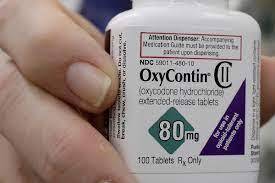
View On WordPress
#Asrar Qureshi#Blogpost721#Fentanyl#International Pharma Business#Johnson&Johnson#Lawsuits#Mallinckrodt#Opioid Crisis#Opioids#Oxycodone#OxyContin#Pharma Industry#Pharma Veterans#Purdue Pharma
1 note
·
View note
Text
The Global Geriatric Medicines Market Growth Is Driven By Aging Global Population

The global geriatric medicines market refers to drugs and medications that are specifically formulated and developed for elderly patients aged 65 years and above. Geriatric medicines are medicines that are effectively and safely administered to the elderly population who are prone to multiple chronic diseases and conditions. The medicines are often available in user-friendly formats and doses suitable for senior citizens with challenging swallowing patterns or other health issues.
The Global Geriatric Medicines Market is estimated to be valued at US$ 1,570.18 Bn in 2024 and is expected to exhibit a CAGR of 6.6% over the forecast period from 2024 to 2031.
Key Takeaways
Key players operating in the Geriatric Medicines Market are Pfizer Inc., Takeda Pharmaceutical Company Limited, Janssen Pharmaceuticals, Sun Pharmaceutical Industries Ltd., AbbVie Inc., Boehringer Ingelheim, Eli Lilly and Company, Bristol Myers Squibb, Daiichi Sankyo Company, Limited, Bausch Health Companies, Mallinckrodt Pharmaceuticals, Endo Pharmaceuticals, Eisai Co., Ltd., Ferring Pharmaceuticals, UCB, Evoke Pharma, Cadila Pharmaceuticals. The increasing prevalence of chronic and lifestyle diseases among geriatric population is expected to drive the market growth during the forecast period. Pfizer, Boehringer Ingelheim, Roche, Novartis are a few top players operating in the geriatric medicines market.
The global geriatric population is rapidly increasing and is expected to witness the fastest growth in developing economies of Asia Pacific and Latin America on account of improving life expectancy and declining fertility rates. This substantial rise offers huge potential for drugs and therapeutics that are specially designed to cater to the elderly population. With a large elderly population base, there exists vast growth opportunities in countries with aging populations such as Japan, Germany, Italy, France, the United Kingdom, and the United States, among others.
Market drivers
The global aging population is the primary driver propelling the growth of the global geriatric medicines market. According to the United Nations, the world’s geriatric population is growing rapidly and is expected to double from 12% to 22% between 2015 and 2050. The rising prevalence of chronic diseases such as cardiovascular diseases, cancer, diabetes, arthritis, osteoporosis, neurological disorders, dental and oral diseases among geriatric population significantly contributes to the growth of the market. Manufacturers are focused on innovations to develop advanced treatment solutions for diseases predominantly affecting senior citizens. Favorable government policies and regulations further support the growth of the geriatric medicines market.
Get More Insights On This Topic: Global Geriatric Medicines Market
#Global Geriatric Medicines Market#Elderly Care#Pharmaceutical Solutions#Age-Related Diseases#Healthcare Industry#Geriatric Population#Medication Management#Market Trends#Gerontology#Senior Health
0 notes
Text
I am so fucking sick of not being able to get my regular generic adderall. I don't want lannet I don't want mallinckrodt I don't want anything but teva because it doesn't fucking work!!!! I'm so over the fda acting like they're all equivalent when they just aren't
#me :)#Might have to go name brand at this point. Which is going to be so fucking expensive. Awesome
0 notes
Text
Pauline von Mallinckrodt, genannt die "Mutter der Blinden", eröffnete 1840 in Paderborn (Westfalen) eine "Kleinkinder-Bewahrschule", um krank gewordenen Müttern die Sorge um ihre unbeaufsichtigten Kinder abzunehmen. Zwei Jahre später nahm sie auch zwei blinde Kinder auf und legte damit den Grundstein für eine Blindenanstalt. 1849 wurde die Kongregation der "Schwestern der Christlichen Liebe" aus der Taufe gehoben, die sich die Betreuung der Blinden zur Aufgabe machten. Ihre große Persönlichkeit bewies die starke Frau, als ihr Werk in dem 1871 in Preußen ausbrechendem Kulturkampf (Kampf des Staates gegen die katholische Kirche) nahezu vernichtet wurde. Sie suchte ein neues Wirkungsfeld für ihre Schwestern und gründete Niederlassungen in dem damals noch österreichischen Böhmen, in Belgien, in den U.S.A. und sogar in Chile. Trotz ihrer schon angegriffenen Gesundheit besuchte die Ordensgründerin, kurz vor ihrem Lebensende, 1879/80 noch einmal ihre Schwestern in Europa und in Amerika. Sie starb am 30.April 1881.
Land Europa Deutschland
Stadt Paderborn
Besonderheiten Ordensgründerin Sozialengagement
0 notes
Text
Burns Pipeline and Clinical Trials Assessment, 2024 Updates: FDA Approvals, Therapies and Key Companies involved by DelveInsight | MediWound, Kaken Pharma, Kerecis, Medline, Mallinckrodt Pharma
http://dlvr.it/T63cbJ
0 notes
Text
Unraveling Possibilities: Fibrinolytic Therapy Market Outlook
Fibrinolytic therapy, also known as thrombolysis, is a medical procedure involving the administration of medication called fibrinolytics to dissolve dangerous blood clots (thrombi) that develop in blood vessels. These blood clots can cause serious medical conditions like heart attacks and strokes if they block arteries supplying blood to vital organs like the heart or brain. Fibrinolytic therapy works by breaking down fibrin, a key component of blood clots, through the use of medications like recombinant tissue plasminogen activator, streptokinase, tenecteplase, and desmoteplase. They are used to treat conditions like pulmonary embolism, deep vein thrombosis, myocardial infarction, and ischemic strokes. The Global fibrinolytic therapy market is estimated to be valued at US$ 34.96 Bn in 2024 and is expected to exhibit a CAGR of 3.7% over the forecast period 2023 to 2030.
Key Takeaways
Key players operating in the Fibrinolytic Therapy are Genentech, Inc. (Roche), Bayer AG, Boehringer Ingelheim International GmbH, Pfizer Inc., Bristol Myers Squibb Company, Novartis AG, AstraZeneca PLC, Johnson & Johnson, Daiichi Sankyo Company, Limited, Merck & Co., Inc., Sanofi S.A., Takeda Pharmaceutical Company Limited, Abbott Laboratories, and Mallinckrodt Pharmaceuticals, Mitsubishi Tanabe Pharma Corporation. Genentech holds a significant share due to its blockbuster drug Activase (Alteplase) for ischemic strokes.
The key opportunities in the fibrinolytic therapy market include rising demand for long-acting agents like tenecteplase to replace streptokinase and development of drugs suitable for genetic variations associated with differential fibrinolysis responses. There is significant potential for market expansion in developing economies due to increasing healthcare investments and disease burden of cardiovascular diseases.
Market drivers and restrain:
Rising prevalence of cardiovascular diseases is one of the key drivers of the fibrinolytic therapy market. According to WHO, cardiovascular diseases are the leading cause of deaths globally, taking an estimated 17.9 million lives each year. Growing geriatric population is also fueling the market since risk of CVDs increases with age. However, high costs of treatment, risk of bleeding complications, and requirement of specialized care are some factors inhibiting wider adoption of fibrinolytic drugs in some countries.
Market drivers:
- Growing prevalence of cardiovascular diseases
- Increasing geriatric population
Market restrain:
- High costs of treatment
- Bleeding risks associated with fibrinolytic drugs
- Requirement of specialized care
Segment Analysis
The Fibrinolytic Therapy market is dominating sub-segmented into Plasminogen Activators, tenecteplase, urokinase, alteplase, lanoteplase and streptokinase. The plasminogen activators sub-segment is dominating currently due to improvement in cardiovascular disease treatment methods. Plasminogen activators helps in dissolving of blood clots by activating plasminogen into plasmin. Its effectiveness makes it suitable for treating conditions like pulmonary embolism (PE), deep vein thrombosis (DVT).
Global Analysis
In terms of regional analysis, North America is the fastest growing and dominating region currently in the Fibrinolytic Therapy market due to rising number of heart diseases patients, improved healthcare infrastructure and higher spending on research and development activities in the region. Asia Pacific is expected to witness the highest CAGR over the forecast period. This is attributable to increasing burden of cardiovascular diseases, growing geriatric population and health awareness in emerging economies like China and India.
0 notes
